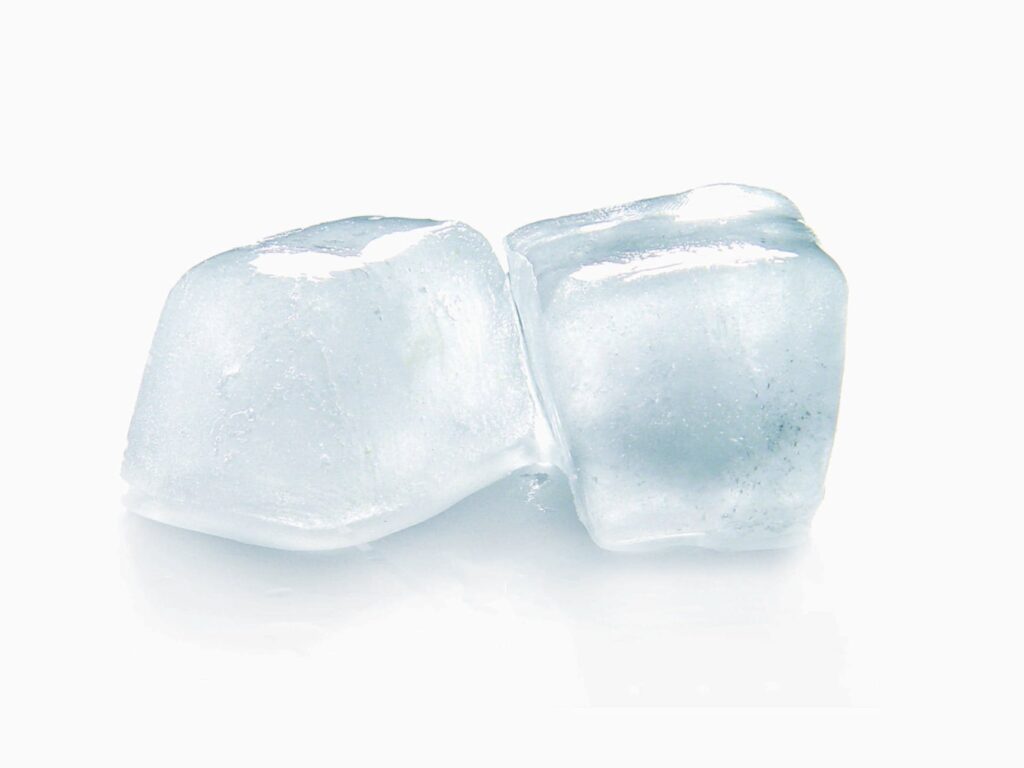Keeping ice from melting when fishing is essential for preserving the freshness of your catch. Here’s a comprehensive guide with steps to help you achieve this goal:
Choose the Right Cooler
Invest in a high-quality cooler with excellent insulation. Look for models designed specifically for ice retention. Rotomolded coolers are known for their insulation capabilities and durability.
Pre-Cool the Cooler (Aka pre-chill)
Before packing it with ice and fish, pre-cool the cooler. This helps to reduce the initial temperature difference and improve ice retention.
Use Block Ice
Block ice melts slower than crushed or cubed ice. Freeze water in large containers or milk jugs to create block ice. This will provide a solid, even cooling surface and minimize air gaps that accelerate melting.
Layering Technique
Start by placing a layer of block ice at the bottom of the cooler. Then, alternate layers of ice and fish. Place fish on elevated racks or grates to keep them above any melting ice. The fish should not be in direct contact with the ice.
Add Insulating Material
Put insulating material like foam boards or blankets on top of the fish. This layer prevents warm air from entering and cold air from escaping.
Limit Air Exposure
Open the cooler only when necessary. Limiting air exposure helps maintain the internal temperature and slows down ice melting. Consider using a separate cooler for drinks and snacks.
Maintain Cool Temperatures
Keep the cooler in a shaded area to avoid direct sunlight. Additionally, placing it on a raised surface, like a table, prevents heat transfer from the ground.
Use Frozen Gel Packs
Frozen gel packs can supplement the ice and extend its life. They can be strategically placed between layers of fish and ice to maintain a consistently cold environment.
Use Insulated Fish Bags
Put your fish in insulated fish bags before placing them in the cooler. These bags help maintain a low temperature and prevent direct contact with ice, which could cause freezing.
Properly Pack the Cooler
Pack the cooler tightly but avoid over-packing, as this could compress the ice and reduce its insulating properties. Ensure there’s enough room for air circulation.
Monitor and Rotate Ice
Regularly check the ice levels and replace melted ice with fresh blocks. Keep spare ice blocks in a separate freezer if possible. Rotate the fish so that those on top are consistently exposed to colder ice.
Drain Meltwater
As ice melts, it forms water. Periodically drain this water to prevent the fish from sitting in waterlogged conditions, which could accelerate spoilage.
Consider Dry Ice
For extended fishing trips, consider using dry ice in combination with regular ice. Dry ice is much colder than regular ice and can help maintain lower temperatures.
Maintain Proper Fish Handling
Minimize handling of fish as much as possible. The heat from your hands can accelerate the thawing process. If you’re not planning to keep the fish, release them promptly to maintain the overall temperature in the cooler.
Fish Size Matters
Larger fish retain cold better than smaller ones due to their higher mass-to-surface-area ratio. If possible, catch larger fish to improve ice retention.
Practice Efficient Fishing
Minimize the time between catching the fish and putting them on ice. This reduces the initial heat load in the cooler and prolongs ice life.
Keep a Thermometer
Use a thermometer to monitor the internal temperature of the cooler. Ideally, the temperature should remain around 32°F (0°C).
Plan Accordingly
If you’re going on a multi-day fishing trip, plan to restock ice along the way. Research nearby stores or locations where you can purchase more ice.
By following these steps, you’ll significantly extend the lifespan of the ice in your cooler, ensuring that your catch remains fresh and ready to enjoy. Remember that while these techniques can help, factors such as ambient temperature and the type of fish you’re catching can also influence ice retention. Always prioritize safety and the quality of your catch when planning your fishing trips.

